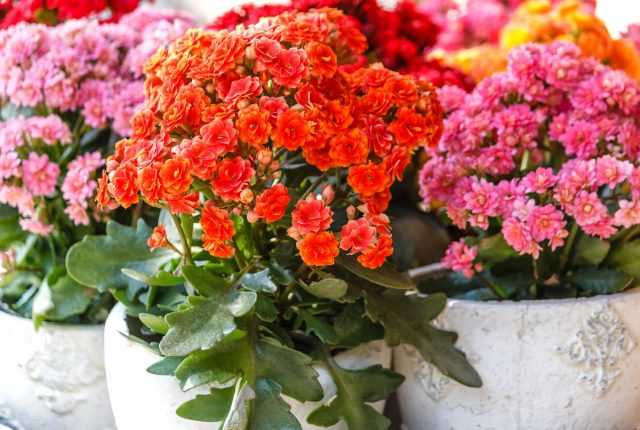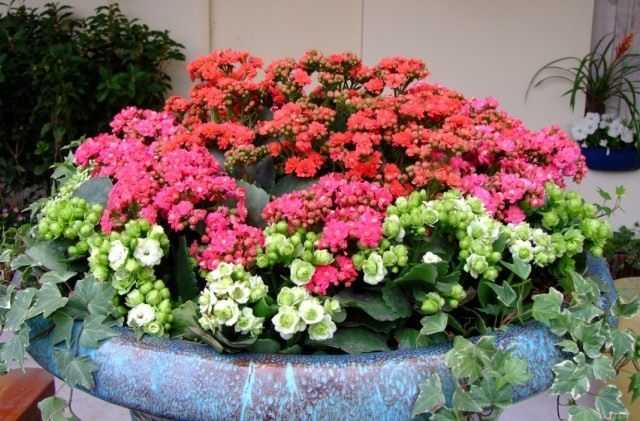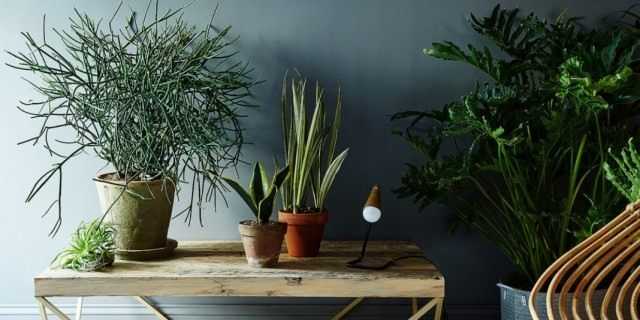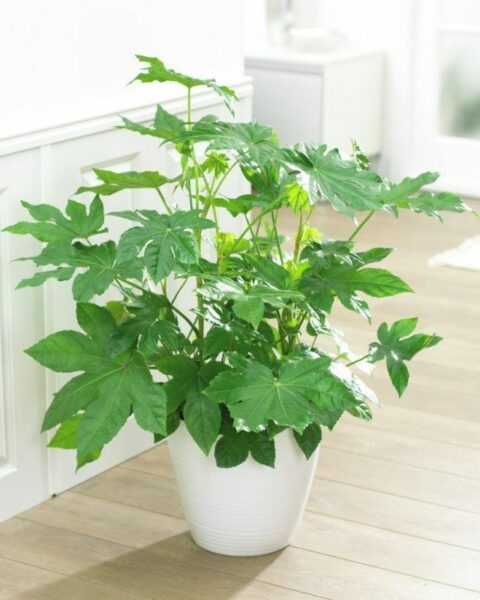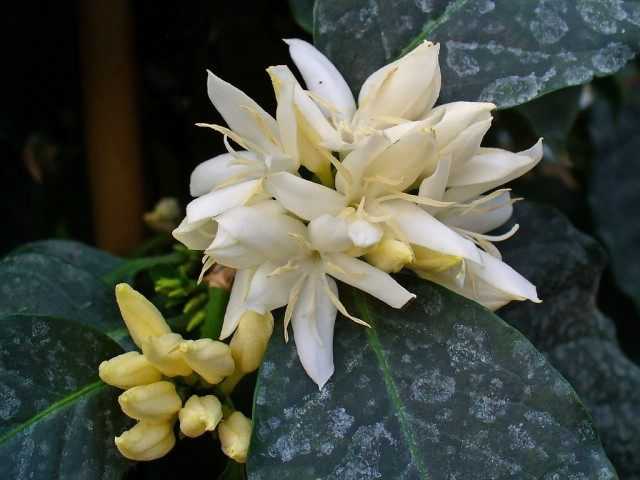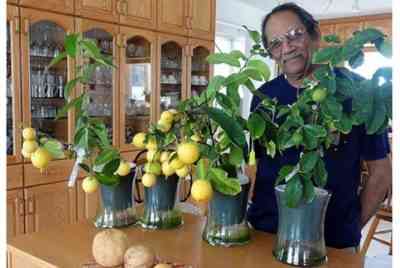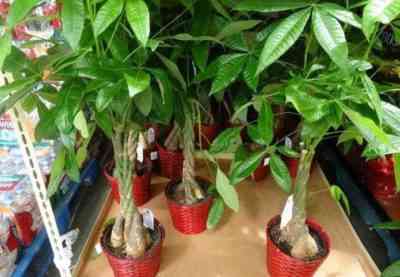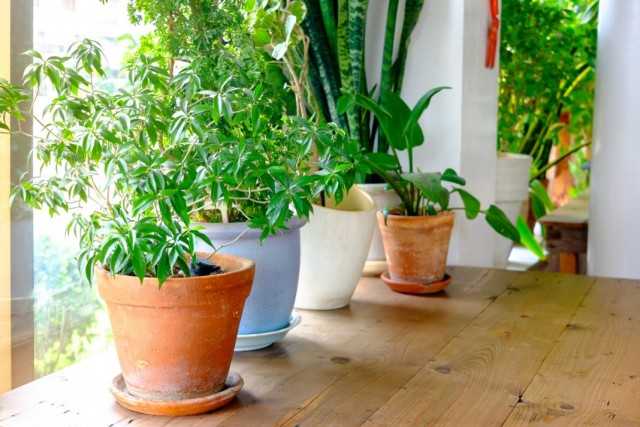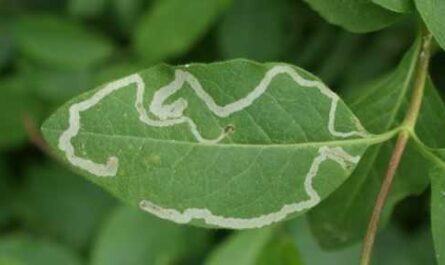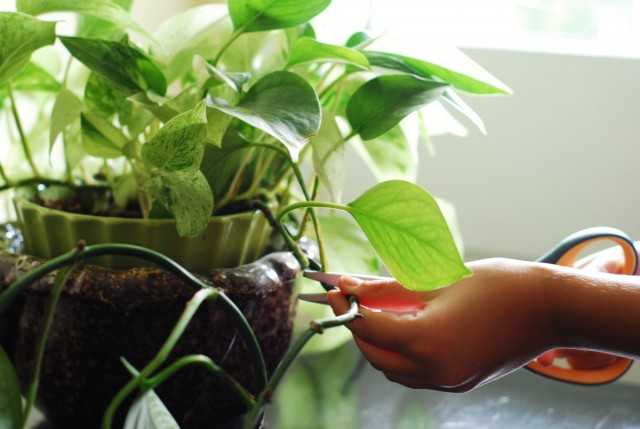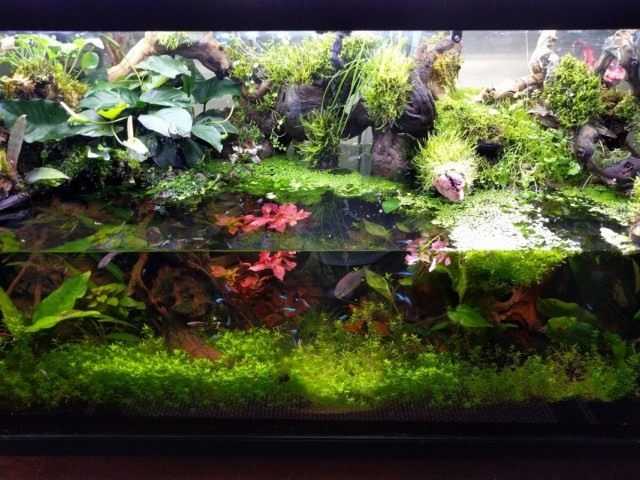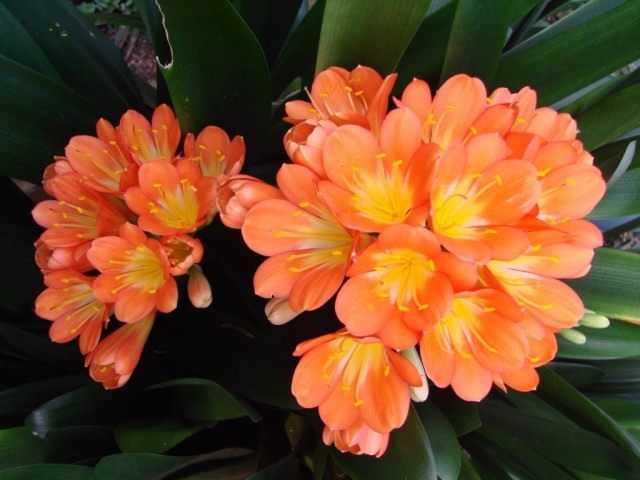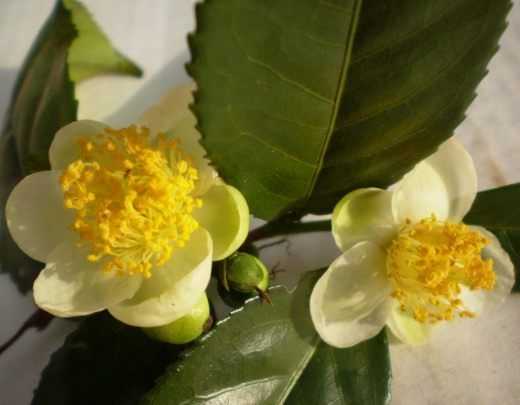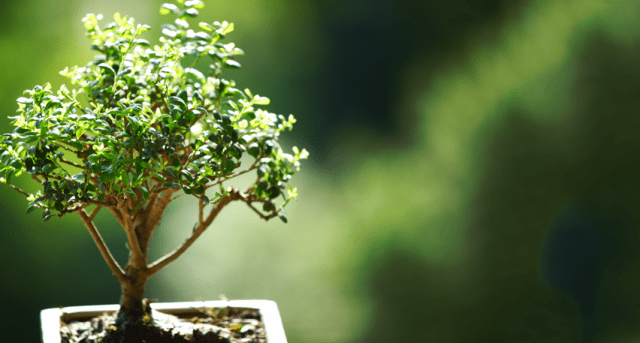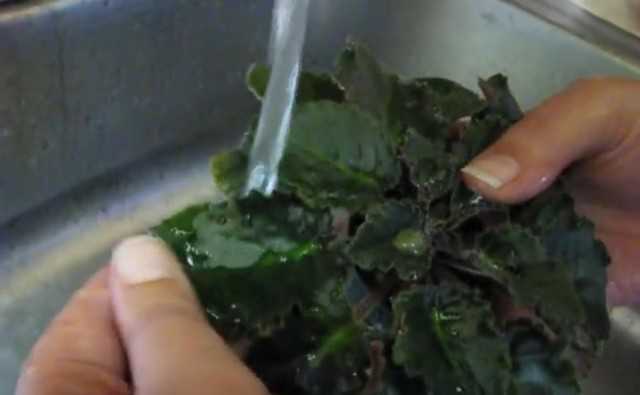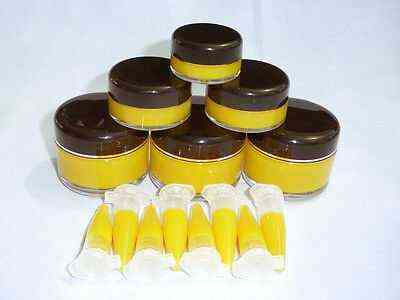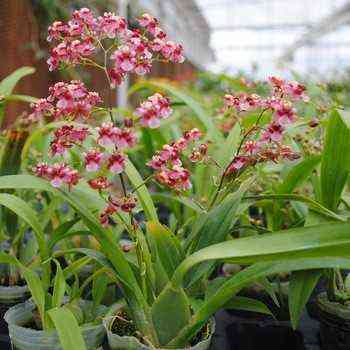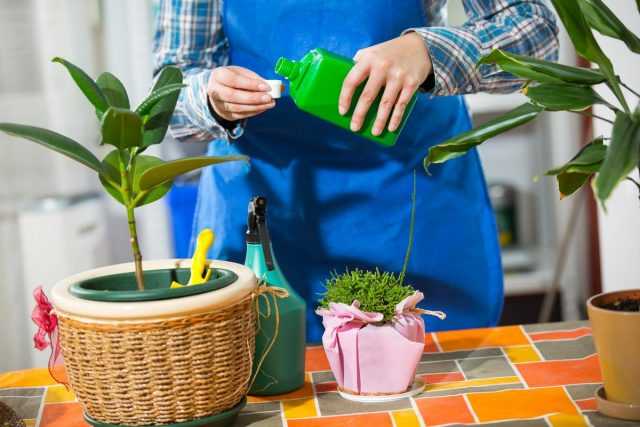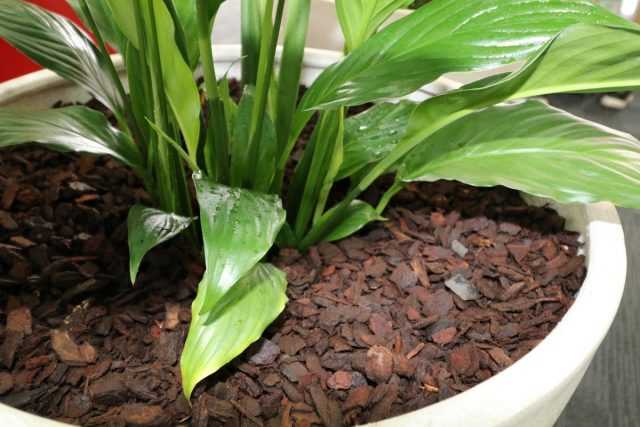Feather patterns on large velvet leaves of arrowroot are the main, but not the only advantage of this plant. Requiring special moisture and careful care, arrowroot conquers with its details. The unfolding of luxurious large leaves from the tubes, the vivid reaction to changes in the environment, the unique textures make this plant special. Growing arrowroot is most often discouraged by its high humidity requirements. But if you are not bothered by regular spraying and you can give the arrowroot the attention it needs, it will quickly become your favorite. Arrowroot is very responsive to care.
Arrowroot is very moisture-loving, but responsive to care. Farmer Burea-Uinsurance.com Everything Grows
Contents:
Description of the plant
Arrowroot is so often confused with calatheas, and sometimes even with ktenants and stromanths, that the plant has almost lost its identity. Meanwhile, arrowroot is one of the most special tropical foliage crops.
Marantu (Maranta) is often called the praying plant. It is truly one of the most sensitive cultures, constantly in motion, reacting to moisture and light. You can watch the arrowroot with interest all day long. She received the nickname for her amazing talent: at night, in cloudy weather or in uncomfortable conditions, her usually horizontal or slightly inclined leaves, as if adorned with patterns, rise vertically.
These are perennial grasses with thickened tuberous rhizomes and articulated stems, famous for their oval-ovoid, very large leaves. In indoor conditions, arrowroots almost do not bloom.
Ideal elongated ovals of large arrowroot leaves unfold from “tubes” -wrapped sheaths, and the process of opening the plate seems fascinating. What can we say about the patterns that adorn the upper side of the leaf plates.
Feathery, interesting, symmetrical, with a play of veins and spots, folding into contrasting ornaments, the leaves seem surprisingly perfect. And the unique corduroy texture of the leaves only enhances their beauty. The muted, bluish purple on the reverse side is as if created by nature to shade this beauty.
Read also our article 5 houseplants with the strictest leaf patterns.
Types of indoor arrowroot
Among the arrowroots, there are both fairly compact plants and giants – and not only by the size of the leaves. Plant heights range from 20 cm to more than one meter.
The most popular types of arrowroot include the following.
Maranta is whitish (Maranta leuconeura, another popular variety has been included in this species today Maranta kerchoviana) Is a large-leaved species with contrasting patterns of light green spots along the central vein and chordate, thin whitish lines on watercolor emerald-dark green leaves.
Some of its forms and hybrid varieties with special shades of color are also popular:
- Erythroneura with dark olive, almost brown leaves, decorated with light green spots.
- Massangeana with gray veins and spots on an olive-emerald background.
- fascinator with a play of light and dark green spots and red stripes.
- Tricolor with amazing skeletal veins on tricolor leaves.
Maranta crested (Maranta cristata, synonym – bicolor maranta) Is a herbaceous species that does not form a tuber with wavy-oval leaves up to 15 cm long, on the muted medium-green surface of which, against the background of a dark spot, whitish veins creep out.
Arrowroot reed (maranta arundinacea) Is a large shrub species with tuberous roots and shoots up to 1 m in height, hidden under elongated ovoid leaves of a light green color up to 25 cm long.
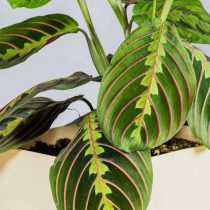


Conditions for growing indoor arrowroot
For arrowroot, a flower showcase, florarium or an exposition in a winter garden is considered ideal. But humidity and warmth can be found both in the bathroom and in living rooms – provided they are properly cared for.
This plant does not tolerate direct sun and thrives in soft partial shade. Arrowroot does not have to be placed on the windowsills (and if it is, then on the northern ones). Areas with diffused penumbra not too distant from the windows are suitable. In strong shading and in bright light, patterns are lost. Arrowroot will not be able to light up slightly: if the plant is grown in artificial light, then constant, for 16 hours a day.
Arrowroot prefer extremely stable conditions. All year long, they need to maintain a constant temperature within the range of 18 to 25 degrees. During the period of active growth, it is better not to let the indicators fall below 20 degrees; in winter, arrowroots can withstand a short-term drop to 15 degrees for air and 18 degrees for the substrate. This plant is extremely sensitive to drafts.
Read also our article 6 of the most spectacular indoor plants with multicolored leaves.
Arrowroot care at home
The difficulty of maintaining comfortable moisture for arrowroot makes it a plant not for everyone. Without experience, it is very difficult to satisfy all her whims and create comfortable conditions without flower showcases.
Watering and air humidity
Arrowroot is one of the plants that requires a radical change in watering strategies for the winter. During the active growing season, the plant is watered so that the soil always remains moderately moist, drying only the top layer and draining excess water from the trays immediately after watering. For the winter, watering is reduced, allowing the substrate to dry out almost completely. Watering begins to decrease in September.
To care for arrowroots, you need not only soft, but also slightly lukewarm water – equal or slightly warmer than the air temperature in the room.
For all, without exception, arrowroot needs a very high humidity. Even if the indicators are average, the leaves of the plant will begin to lose their “shine” – their tips will still dry, the rates of development and “behavior” of the plant will change, the patterns will fade. The combination of heat and humidity for arrowroot is provided not only by spraying, but also by installing humidifiers. Only warm water can be used for spraying. Periodic warm shower is acceptable.
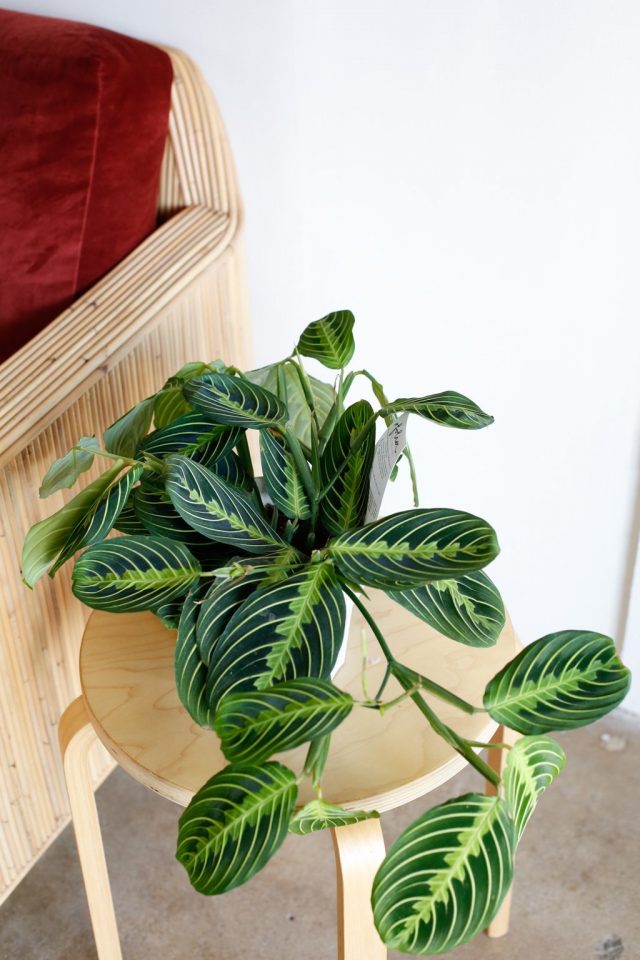
Top dressing and composition of fertilizers
For this plant, feeding is carried out all year round, but in winter – just to maintain the decorative effect of the leaves. From March to October, feeding is carried out every 15-20 days, in winter – once every 1-45 days. If the growing season does not stop and new leaves grow even in winter, you can feed arrowroot with the same frequency, simply by reducing the fertilizer concentration by half.
For arrowroot, special fertilizers for decorative deciduous plants or special mixtures for arrowroots are more suitable. You can alternate mineral and organic feedings. The manufacturer’s dosage is halved.
Pruning and transplanting arrowroot
Young arrowroots seem to be one beautiful clump of leaves, but gradually their shoots lengthen and the plants become more and more spreading. Pinching and shortening is carried out at will, when individual shoots are knocked out of the bushes or the plant becomes too large. Pinching also prevents the bushes from falling apart as they age. Sluggish, drying out, damaged leaves are best removed from the bush regularly.
Arrowroot is transplanted as it grows, when the need arises. The plants are transferred, laying a very high drainage (from 5 cm) on the bottom of the container.
Arrowroot can be grown both as a potted plant and as an ampelous plant. Bushes are constantly spreading out in breadth, shoots and leaves droop, creating fancy cushions, and many varieties in hanging baskets look even better. The main thing is that the diameter of the containers exceeds the depth and corresponds to the size of the plant, as well as the presence of drainage holes.
It is better to choose a substrate from special soil mixtures for arrowroot. A universal weakly acidic substrate with additional loosening additives (needles, sphagnum, coarse sand, perlite) is also suitable.

Diseases, pests and growing problems
Arrowroot often attracts aphids, spider mites and thrips. The inability to wash the leaves requires the immediate start of insecticide treatment.
The leaves of the plant signal discomfort. Most often, arrowroot leaves dry out and stains appear on them – with improper lighting, in dry air and problems with watering. But sometimes the shoots become soft, indicating an excess of fertilizer or dampness of the soil.
Reproduction and renewal of arrowroot
This plant can be simply divided into several bushes when transplanting or cuttings. Arrowroot cuttings root easily both in the substrate without a cap and in water. When separating, you need to act very carefully, trying not to damage the roots.
How to properly prolong indoor plants, read the article Separation – an easy way to propagate indoor plants.

